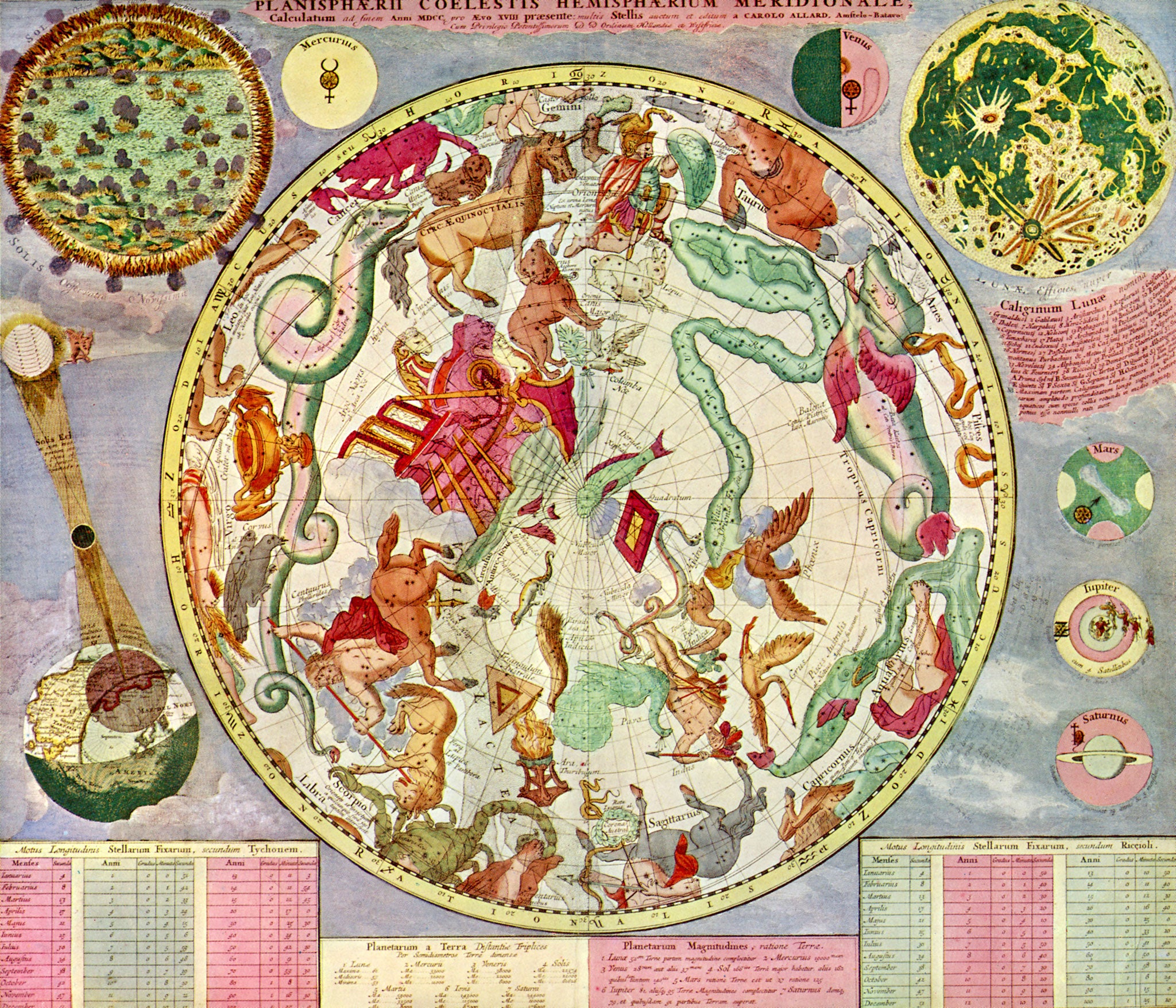To Explain the World by Steven Weinberg, book review: A bracing and necessary guide to the discoveries of the 17th century

There have been many histories of science, and many focused on the scientific revolution of the 17th century, but Steven Weinberg is almost certainly the first Nobel laureate scientist to write one of them.
As today's pre-eminent theoretical physicist, with a lifetime's experience behind him, Weinberg's unique perspective is evident throughout the text. His purpose is not just to show how we learnt about the world, but how we learnt to learn about it.
It is sometimes lazily thought by non-scientists that modern science is a kind of codified common sense and, hence, "how could people in the past have had such crazy ideas about the world?" Weinberg knows better. Science is such a particularly uncommonsensical way of regarding things that the wonder is not that humans lacked science for so long but that they ever discovered it at all. He is scathing about the notion that scientific knowledge is somehow "out there" in a way that might be accessible to normal consciousness. He rightly ridicules the psychologist Jean Piaget's claim that young children have some understanding of relativity but lose it in adulthood: "As if relativity were somehow logically or philosophically necessary, rather than a conclusion ultimately based on observations of things that travel at or near the speed of light." And this of course applies across the board: radio waves, radioactivity, quantum phenomena and relativity were not obviously necessary – they were utterly surprising phenomena, and their existence was forced upon scientists by physical evidence (usually of unaccountable anomalies) and the logic of mathematical operations on physical properties.
Weinberg constantly relates key aspects of past science to his own experience of theoretical physics. For example, for thousands of years natural philosophers speculated without ever measuring anything or doing experiments. When they did start to measure – and Weinberg gives due credit to the Hellenistic philosophers such as Aristarchus (c. 310 – c. 230 BC), who calculated the sizes and distances of the sun, earth, and moon system – it never occurred to them to estimate the probable error in their measurements. They were often wildly wrong and now nothing in science is ever measured without an assessment of the likely plus or minus error.
Weinberg's introduction to the chapter on the 17th century revisits the science wars of around 20 years ago in which he was a protagonist. Steven Shapin, one of the social constructivists who busied themselves with cutting science down to sociological size at the time, declared that "there is no such thing as the scientific revolution". Weinberg rebuts this by noting that he sees in the 17th-century science something very like the physics and astronomy he works with – "the search for mathematically expressed impersonal laws that allow precise predictions of a wide range of phenomena" – but before that time he sees little parallel with modern science.
Inevitably, the tussles between science and religion loom large in the book. He writes appreciatively of the great Islamic contribution to science in Middle Ages and, discussing the present age, cites his collaborator and co-Nobelist Abdus Salam's attempt to interest the modern Gulf States in science now. Salam was a devout Muslim and the first Muslim scientist to win a Nobel Prize but that cut no ice: they, as oil-producing states, were interested in technology but science? That would be "culturally corrosive".
The book reaches a majestic conclusion with Newton, who succeeded because, in Weinberg's words, "to a very good approximation the world really does obey Newton's laws". In an epilogue, Weinberg skates through the next 300-plus years in an exhilarating 13 pages, followed by almost 100 pages of notes which work through the mathematics behind the science. In this, he exemplifies a growing tendency in popular science writing to offer the matter of science and not just a superficial reading. It gives the book a bracing intellectuality, challenging for some, maybe, but surely it is time for the lay public to deepen their understanding of science, fulfilling Wordsworth's prophecy that science would eventually become "a dear and genuine inmate of the household of man". This is a great book, a necessary book for our time.
Join our commenting forum
Join thought-provoking conversations, follow other Independent readers and see their replies
1Comments